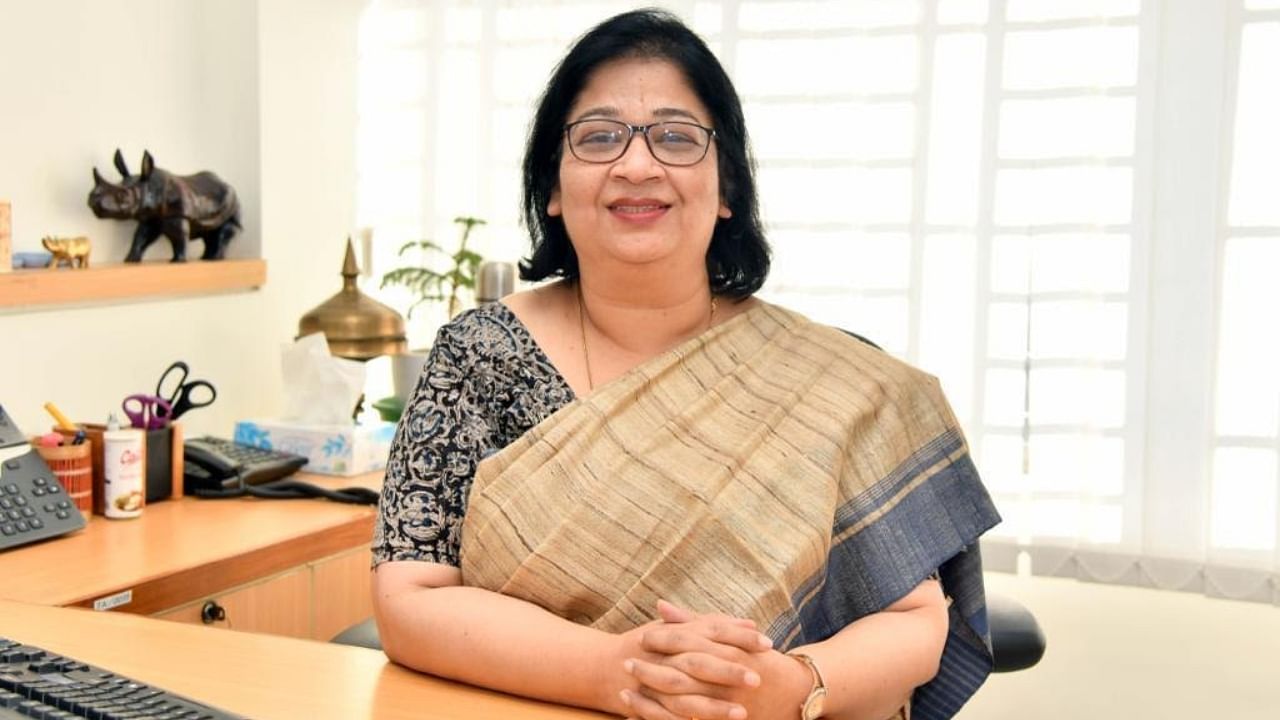
Dr Madhulika Jonathan, the chief of the UNICEF's field office for the northeastern region of India, tells DH’s Sumir Karmakar that the fight against child marriage will need participatory community dialogue with key institutions and stakeholders as well as sustained efforts for real transformation in social norms and practices.
How do you view the recent police action to check child marriage in Assam?
Child marriage severely limits children’s potential and impacts their health and overall welfare. About 31% of women in the age group of 20-24 years were married before 18 in Assam. This equates to a loss of opportunity for them – from the perspective of health and nutrition, educational attainment and learning, labour force participation and earnings, and participation in decision-making and future investments. When dealing with child marriage or other child protection issues, it is important to consider the principles of ‘the best interest of the child’, as enshrined in the Convention of the Rights of the Child (CRC). To tackle child protection issues, robust strategies are needed to improve access to quality schooling, skilling and higher education, access to health services and social and economic inclusion of girls and women, as evidence has also shown. A child-centred approach to addressing child marriage is key for sustainable change that adheres to the principles of the CRC, to which India is a signatory.
How is the UNICEF supporting campaign against child marriage?
Child marriage is a consequence of deeply rooted harmful practices and entrenched gender inequalities, which take time to change. Through our ‘Improving Lives’ programme in 205 tea gardens of Assam, jointly with the Ethical Tea Partnership, we have been working with the aim to empower adolescent girls and boys with the knowledge, skills and peer group support to take action to protect themselves from violence, abuse, exploitation including child marriage, and make their community safe. We have reached out to over 34,000 adolescents through various approaches including social behaviour change initiatives. As a result, over 100 child marriages have been actively averted by these young champions in 2022 alone.
What kind of support do the separated families require now?
There is a need to investigate, assess and engage with relevant line departments on possible support to assist families in accessing entitlements such as legal aid, social protection schemes (additional provisions under the Public Distribution System as temporary measures), and medical support on a case-by-case basis, particularly for girls, who are pregnant. The young mothers and their children need special attention. If the offender is a child under the age of 18 and has been detained, then she or he must be produced before the Juvenile Justice Board and intervention should be sought from the child welfare committee, wherever the case qualifies under “child in need of care and protection”.
What do you think is the best way forward?
We must change mindsets, address social and cultural norms. This requires working with stakeholders at all levels. Protecting a child from marriage requires sustained efforts, led by the government, through multisectoral coordinated and planned actions, involving everyone, who has a stake and influence in the issue.